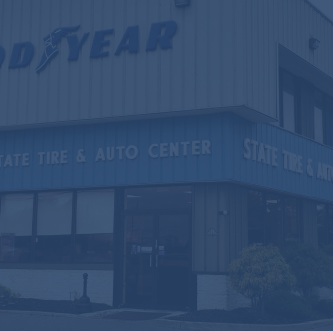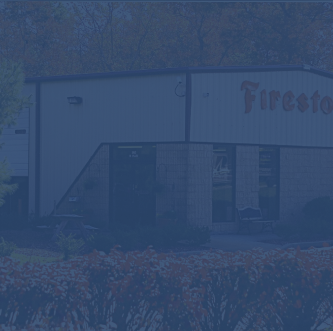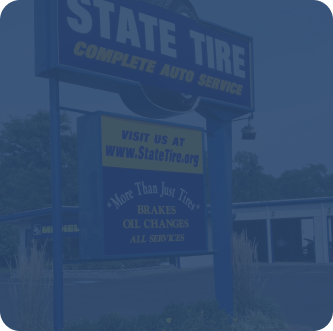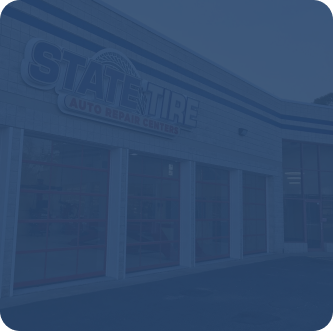Modern vehicles have complex systems that can be tricky to diagnose without the right tools and experience. When your check engine light comes on or your car isn’t running right, it’s tempting to guess at the problem, but accurate diagnostics are key to fixing it properly. That’s where professional engine diagnostics and repair come in.
It Starts With an Error Code
Many drivers think diagnostics begin and end with a scan tool. While pulling the code is an important step, it only points you in the direction of the issue. A code like P0301 might indicate a misfire in cylinder one, but it doesn’t tell you why it’s happening. That’s where a trained technician makes the difference.
Shops that rely only on code readers without further investigation often end up guessing and swapping parts unnecessarily. Professional diagnostics go deeper by combining scan data with mechanical testing, experience, and even pattern recognition from past cases.
A Thorough Visual and Physical Inspection
After checking the code, technicians perform a visual inspection of the engine bay and its systems. They look for obvious issues like disconnected sensors, cracked hoses, leaking fluids, frayed wiring, or loose connections.
From there, they may test various systems using specialized tools:
- Compression tests check for proper cylinder pressure.
- Fuel pressure gauges measure how well the fuel system is working.
- Smoke machines help find vacuum or exhaust leaks.
- Oscilloscopes monitor signal patterns from sensors.
These tools allow the shop to move beyond assumptions and pinpoint the exact cause of the issue.
Digital Data Offers Clarity
Advanced scan tools don’t just read codes—they access live data from sensors and actuators. This data can show a technician things like:
- Air-fuel ratios
- Engine temperature
- Throttle position
- Misfire history
- Timing and spark advance
By reviewing how these systems behave while the engine runs, the technician can determine whether a component is faulty, out of spec, or simply reacting to another problem elsewhere.
For example, an oxygen sensor might seem to be the problem, but live data could reveal the real issue is a clogged catalytic converter or a leaking intake manifold.
Once Diagnosed, the Right Repairs Begin
Accurate diagnostics save time and money. Instead of replacing multiple parts, a professional shop will focus on the root cause. If a fuel injector is failing, they’ll isolate it and replace just that one, rather than all four. If a sensor is giving erratic readings, they’ll check the wiring harness before ordering a new sensor.
Once the cause is confirmed, the technician will:
- Order high-quality replacement parts
- Follow the manufacturer’s specifications for torque and procedure
- Test the system again after the repair to ensure the problem is resolved
This process may take longer than a quick code scan, but it results in a much more reliable repair.
Testing and Verification Are Critical
Good shops don’t just finish a repair and hand back the keys—they verify everything is working as expected. This includes:
- Clearing the engine codes
- Road testing the vehicle
- Rechecking live data
- Confirming the issue doesn’t return under similar driving conditions
This “test and confirm” approach helps ensure the customer doesn’t come back with the same issue, or a new one caused by a rushed repair.
State Tire & Auto Center – Trusted Engine Repair Across New Jersey
With four convenient locations in New Jersey, State Tire & Auto Center offers expert diagnostics backed by real experience and the latest technology. If your car is running rough, stalling, or throwing warning lights, let our team get to the root of the problem and fix it the right way the first time. We’ll help you drive away confidently—no guesswork or unnecessary parts.
- State Tire & Auto Centers - Forked River
- State Tire & Auto Center - Manahawkin
- State Tire & Auto Center - Brick Township
- State Tire & Auto Center - Wall Township






